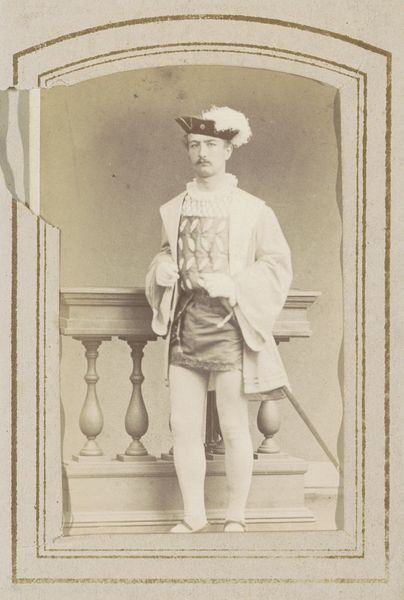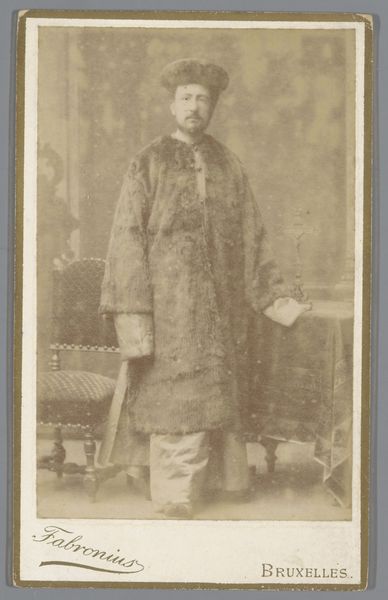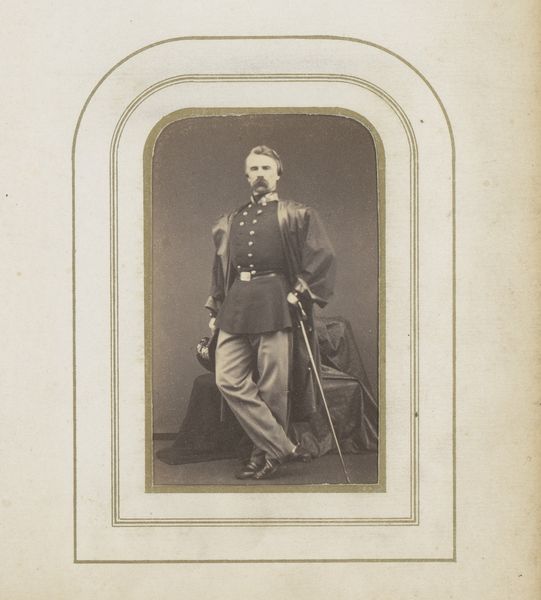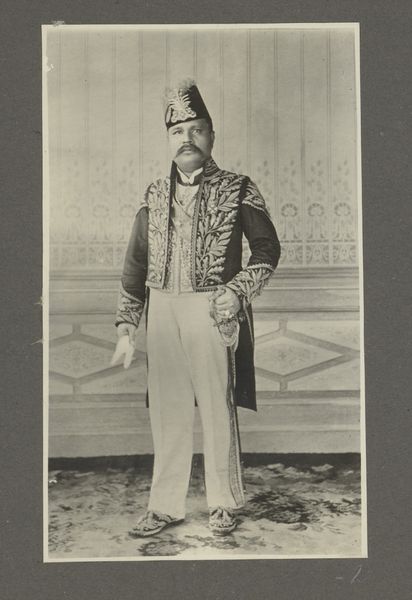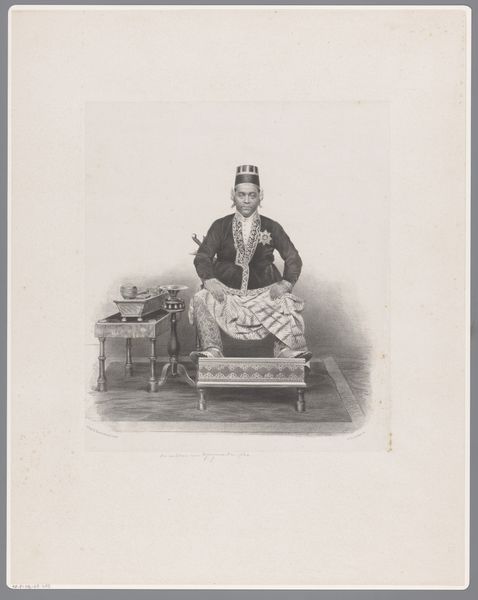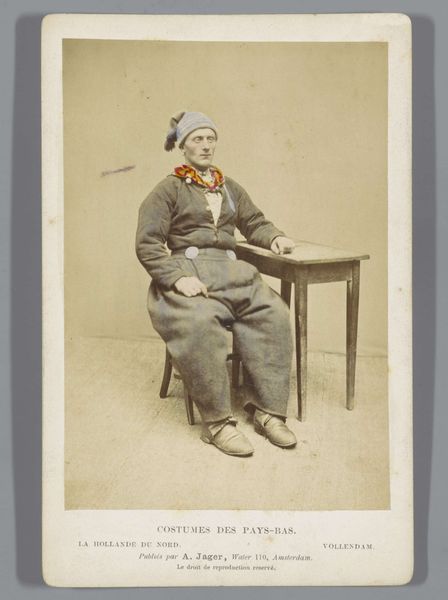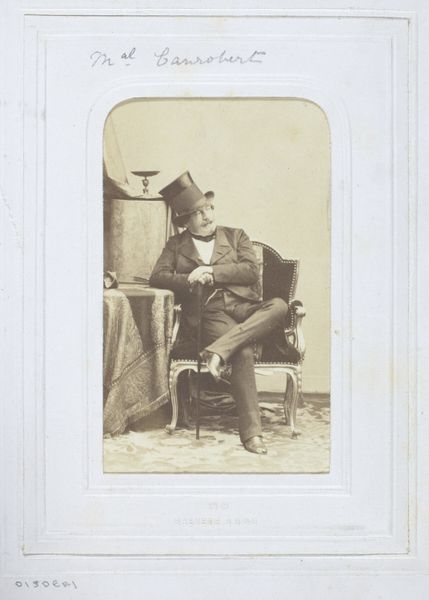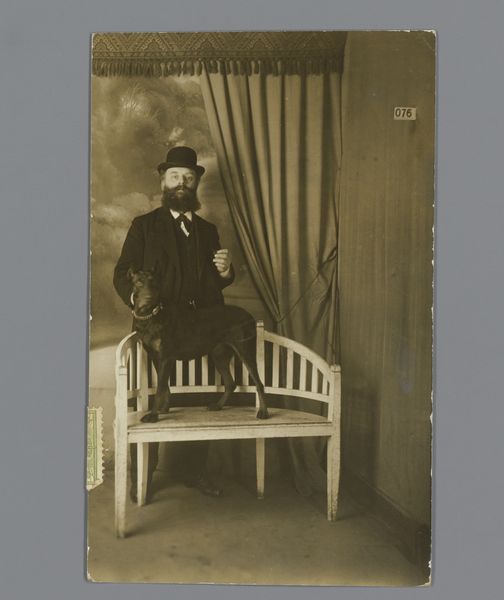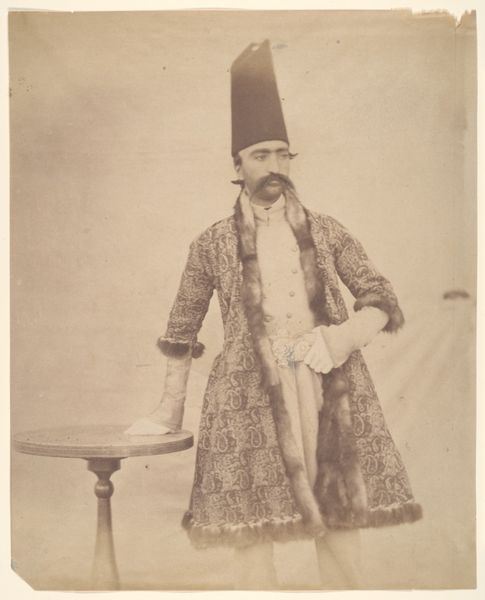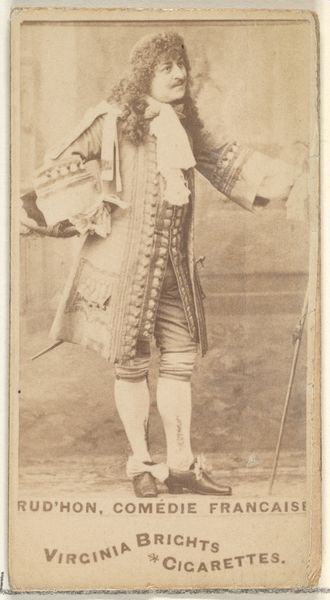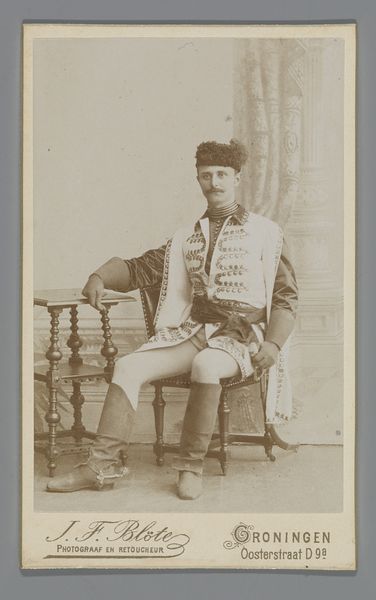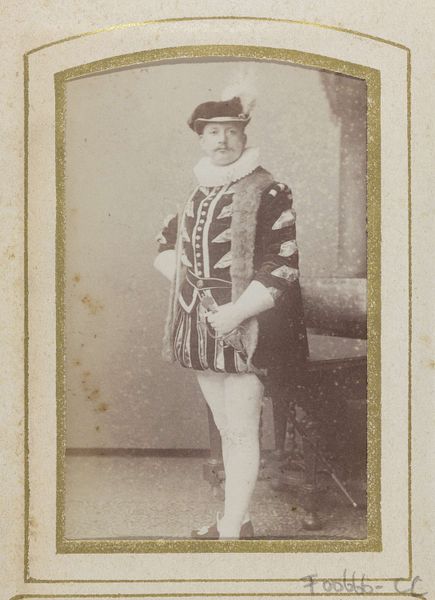
daguerreotype, photography
#
portrait
#
daguerreotype
#
photography
#
historical photography
#
portrait reference
#
orientalism
#
19th century
#
islamic-art
Dimensions: Image: 19.5 x 13.5 cm (7 11/16 x 5 5/16 in.)
Copyright: Public Domain
Editor: So, this is a daguerreotype, one of the earliest forms of photography, titled *Naser al-Din Shah*. It was created sometime between 1855 and 1858 by Luigi Pesce. There's such a formality to it, yet it feels incredibly intimate. How do you interpret this work in the context of its time? Curator: Well, let’s consider this through the lens of power and representation. Naser al-Din Shah, a ruler in Persia, is captured through a Western photographic technology. What does it signify when a non-Western figure adopts a medium often associated with Western modernity and colonial expansion? It's not a straightforward case of appropriation but potentially one of agency. Editor: Agency, you say? So he's not just a subject, but an active participant? Curator: Precisely! We must think about what Naser al-Din Shah intended to communicate about his power and identity, both to his people and potentially to the West. The formal pose, the elaborate attire—how do these elements contribute to a carefully constructed image of authority? And who was Pesce working for? Whose gaze are we, the viewers, embodying? Editor: That makes me rethink the image. It's not simply an 'orientalist' snapshot. What did it mean for him to present himself this way using photography? Curator: It disrupts simplistic narratives. How do you think that incorporating an understanding of the social hierarchy within the royal court and the global politics of the time shapes how we see the image? Also consider this medium in the context of painting and miniature from that same period. What’s gained and what is lost? Editor: I guess I was too quick to assume a Western perspective, rather than considering the complexities of the Shah's own self-representation. The camera can lie, or perhaps, construct its own truth. Curator: Absolutely, and recognising that constructed nature allows us to delve deeper into the motivations, the politics, and the agency at play.
Comments
No comments
Be the first to comment and join the conversation on the ultimate creative platform.
